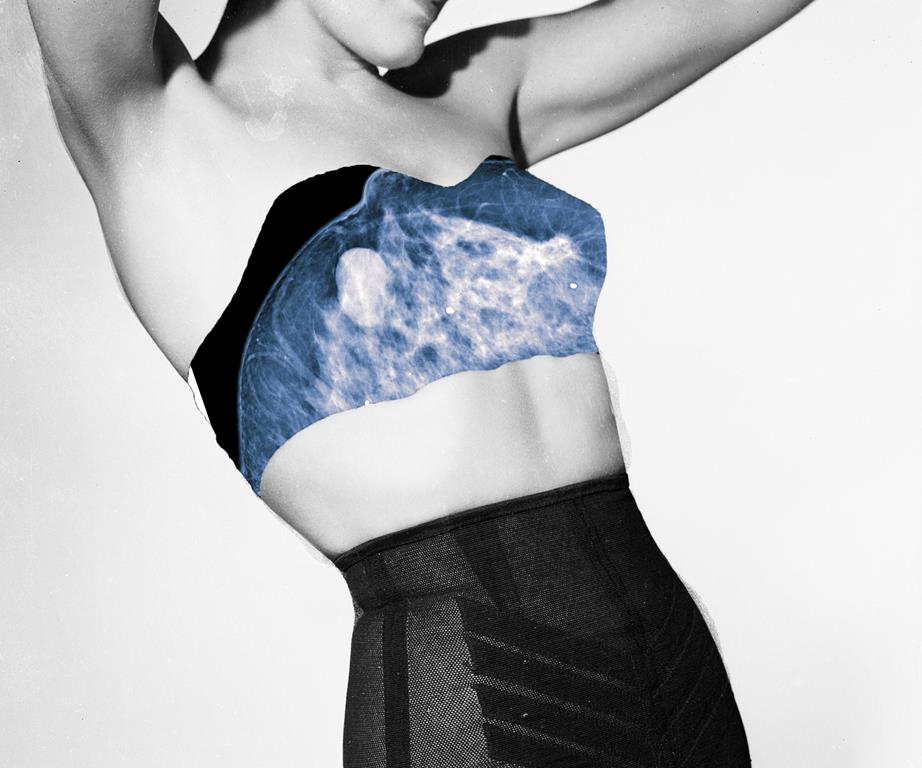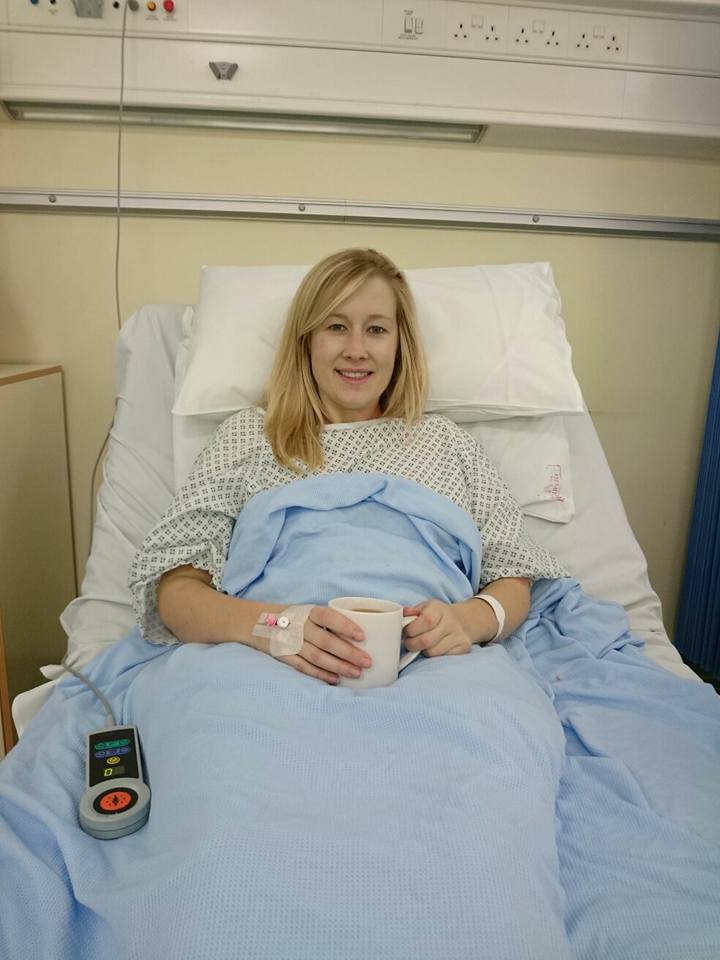While there are plenty of things we can do to stay healthy and stave off the big C, there are some risk factors that are sadly beyond our control.
A new risk factor has been identified as the greatest risk factor for women developing breast cancer, that has caused more cases than family history, obesity and childbirth later on in life.
Women who have a high breast density and more glandular tissue have been identified as twice as likely to develop contralateral breast cancer, the University of California has found.
The large scale study, published in the journal JAMA Oncology evaluated the breast cancer risk of more than 200,000 women aged 40-74.
Of these, 18,000 were found to have varying stages of breast cancer, while the remaining 184,000 were not.
The breast density of these women was measured using mammograms, and categorised into four groups:
A: breasts composed almost entirely of fat;
B: participants with scattered dense tissue but mostly fat;
C: those with moderately dense tissue, and
D: women with dense tissue that makes up around 75 per cent of the breast.

Both breast tissue and cancer appear white on a mammogram
Researchers found that while a family history of the disease was previously considered one of the biggest risk factors, density of breast tissue was the greatest threat for both pre-menopausal and post-menopausal women.
“Family history is a strong risk factor but not as prevalent as dense tissue to family history,” co-author Dr. Karla Kerlikowskesays.
“Breast density is both a prevalent and strong risk factor which is why it contributes to the development of highest proportion of breast cancers in pre- and post-menopausal women.”
Cancer and breast tissue appear white on mammograms, which makes a radiologists job all the more tricky.
Fat on the other hand, appears dark, making it easier to spot cancers against it.
A drug called tamoxifen, that blocks estrogen, can help reduce breast density – but also comes with serious side effects.
Gaining weight is also a way of adding fatty tissue to the breasts, but then obesity is a risk factor linked to several cancers, and therefore not recommended.
The New Zealand Breast Cancer Foundation has three main breast health priorities listed on their site, which are:
Scheduling regular mammograms from the age of 40
Knowing your breasts from the age of 20
Talking to your family doctor about any concerns
They also recommend seeking a GP’s advice if you notice any of the following:
• A new lump or thickening, especially if it is only in one breast
• A change in breast shape or size
• A pain in the breast that is unusual
• A change in the skin of the breast such as:
Puckering or dimpling
Reddening or a rash
Any change in a nipple, such as:
A turned-in nipple
A discharge that occurs without squeezing
You can find out more here.


